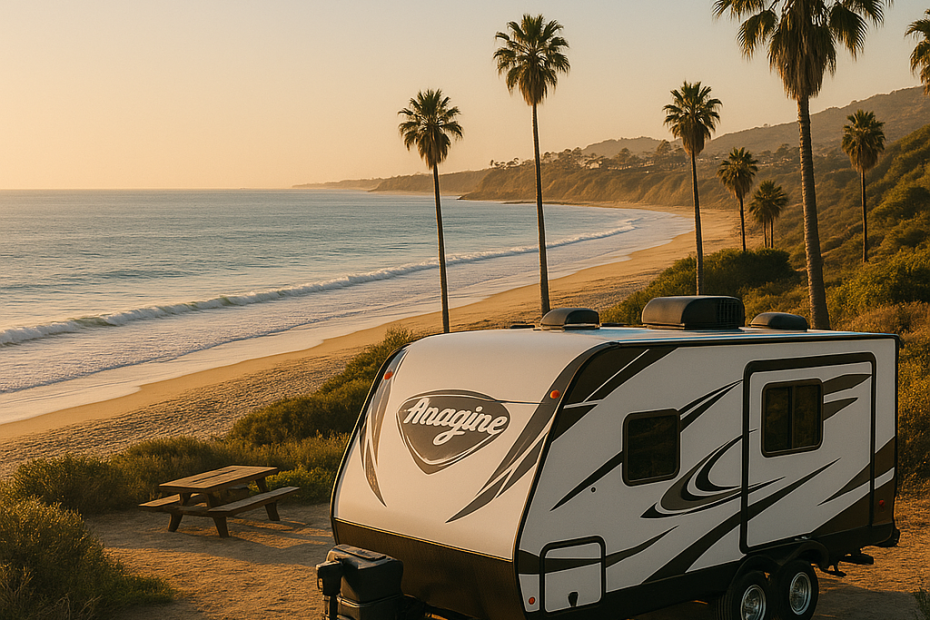California is Competitive — and Expensive
California is one of the most lucrative RV markets in the country — but also one of the most expensive to operate in. Navigating RV dealership finance in California involves dealing with rising rent and labor costs as well as stricter compliance rules, creating margin pressure that can quickly turn a solid unit into a financial liability.
Adding to the challenge: floorplan interest rates have risen dramatically over the last 18 months. Each month a unit sits on your lot, it’s costing you more to hold — and eroding your net profit while you manage RV dealership finances in California.
The Hidden Cost of Waiting Too Long
It’s easy to fall into the trap of holding out for the “perfect buyer.” But every day that unit sits:
- You’re paying more in interest
- You’re losing resale value due to depreciation
- You’re taking up space that could go to faster-turning inventory
According to Automotive News, floorplan costs have become one of the top five financial drains for franchise and independent dealers alike. Effective RV dealership finance management in California can help mitigate these costs.
Using Wholesale as a Financial Strategy
Wholesale isn’t just for offloading junk units — when used right, it’s a financial lever. California dealers use platforms like Wholesale Whale to:
- List trade-ins or aging units before margins disappear
- Set acceptable offer ranges to protect pricing
- Reduce floorplan exposure while staying in control of the deal
Wholesale Whale gives you tools to automate the process, receive blind offers from other dealers, and avoid costly auctions or third-party fees. It’s a viable strategy for RV dealership financial management in California.
Think Financially. Act Strategically.
California dealers that treat wholesale like a profit tool — not just a disposal method — consistently outperform. By staying ahead of floorplan pressure, they keep their turn rates high and their balance sheets clean.
